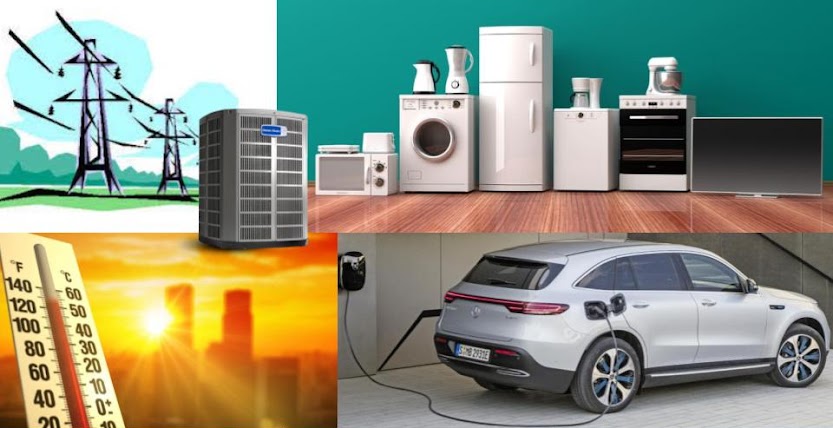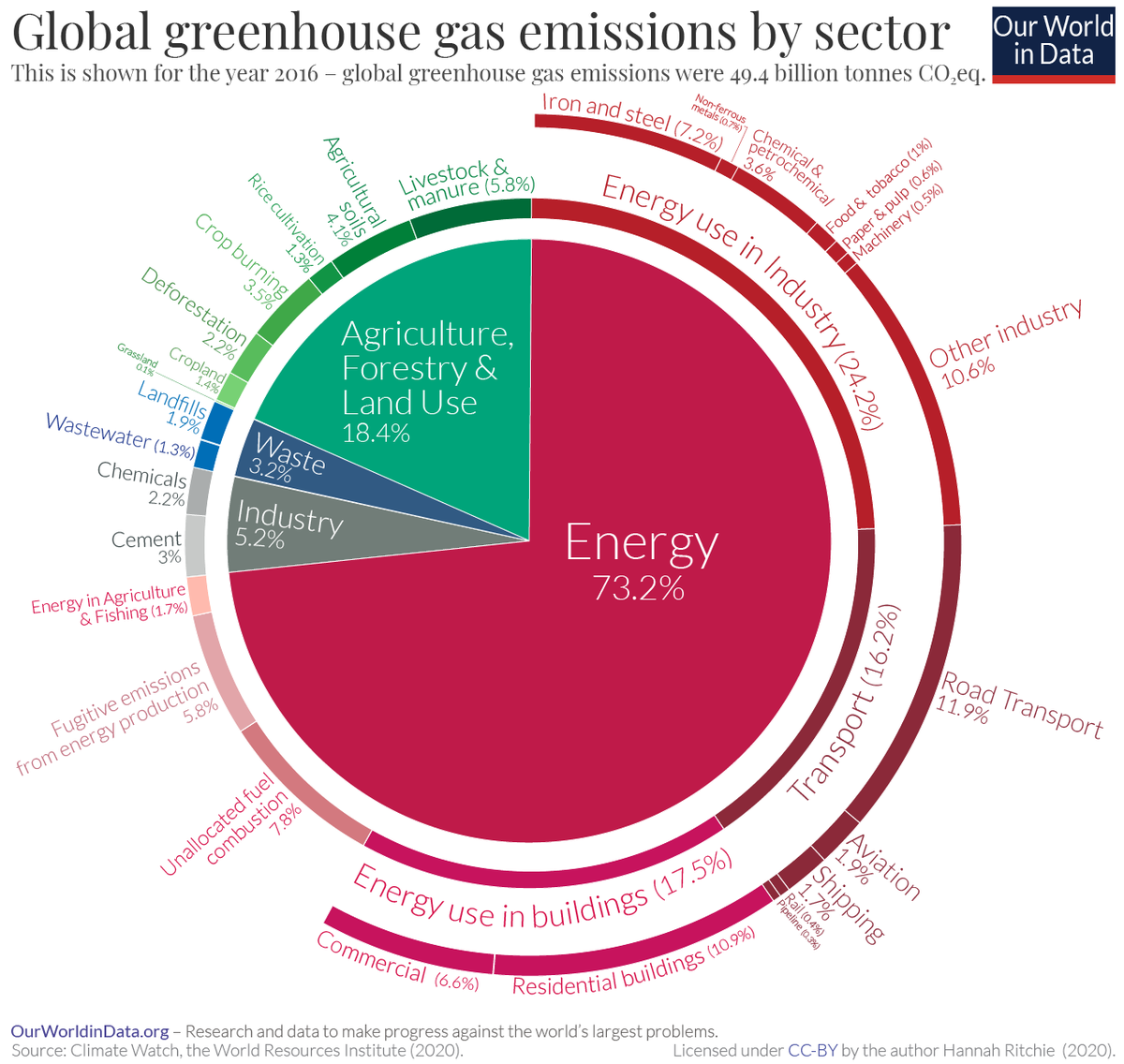Have we discussed removing water vapor from air as a way to lower greenhouse gases?
If we extract and condense atmospheric water where it is most needed for irrigation or drinking, it instantly has great positive value unlike the disposal expense of removed CO2. There is recent progress with localized fog collecting and very small, expensive powered water condensers, but we'd have to find new ways to extract enough water orders of magnitude cheaper than ever before. Perhaps cubic miles of water annually worldwide, to fill reservoirs and end the kinds of water problems in California right now.
It's a basic truth that EVERY single farm and home worldwide has a perfectly adequate water supply nearby hovering directly overhead and all we need to do is find a way to condense it, and so far as I know, we're hardly even trying; the current efforts are not commensurate with the potential positive good for mankind and our planet. In other words, an Elon-esque effort is needed and justified, and Elon already has the Carbon Removal X Prize... and the teams of top scientists and many more who'd love to join Tesla to make it happen, to empower individuals with the ability to summon water from the heavens if and where it suits them. Adequate water means life vs. death in some rural villages, or the difference between squalid substance survival vs. educated excellence for the children of other communities.
OK, bring on the blinder-wearing, can't-be-done naysayers with talk of energy needed to condense water from cold, dry high altitude air, but I say it can be done somehow.
Happy new year, while I think of it.
If we extract and condense atmospheric water where it is most needed for irrigation or drinking, it instantly has great positive value unlike the disposal expense of removed CO2. There is recent progress with localized fog collecting and very small, expensive powered water condensers, but we'd have to find new ways to extract enough water orders of magnitude cheaper than ever before. Perhaps cubic miles of water annually worldwide, to fill reservoirs and end the kinds of water problems in California right now.
It's a basic truth that EVERY single farm and home worldwide has a perfectly adequate water supply nearby hovering directly overhead and all we need to do is find a way to condense it, and so far as I know, we're hardly even trying; the current efforts are not commensurate with the potential positive good for mankind and our planet. In other words, an Elon-esque effort is needed and justified, and Elon already has the Carbon Removal X Prize... and the teams of top scientists and many more who'd love to join Tesla to make it happen, to empower individuals with the ability to summon water from the heavens if and where it suits them. Adequate water means life vs. death in some rural villages, or the difference between squalid substance survival vs. educated excellence for the children of other communities.
OK, bring on the blinder-wearing, can't-be-done naysayers with talk of energy needed to condense water from cold, dry high altitude air, but I say it can be done somehow.
Happy new year, while I think of it.





/cdn.vox-cdn.com/uploads/chorus_asset/file/23134770/643866618.jpg)


